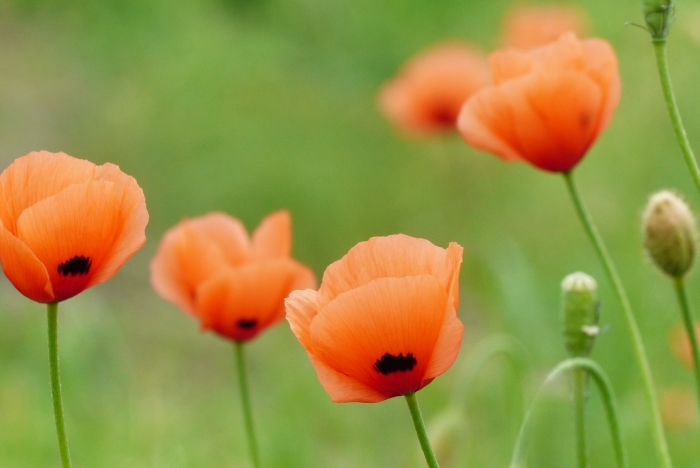Long-Headed Poppy
(Papaver dubium)
Long-Headed Poppy (Papaver dubium)
/
/

harum.koh
CC BY-SA 4.0
Image By:
harum.koh
Recorded By:
Copyright:
CC BY-SA 4.0
Copyright Notice:
Photo by: harum.koh | License Type: CC BY-SA 4.0 | License URL: http://creativecommons.org/licenses/by-sa/4.0/ | Rights Holder: harum.koh | Publisher: iNaturalist | Date Created: 2013-04-20T11:22:42-07:00 |



















Estimated Native Range
Summary
Papaver dubium, commonly known as Long-headed Poppy or Blindeyes, is an annual herb that thrives in a variety of habitats including fields, roadsides, and waste areas, primarily in sandy soils that are free of lime. It is native to Europe, North Africa, and southwestern Asia. This species typically reaches up to 24 inches in height and produces flowers from late spring to mid-summer. The flowers have four light red petals, which may sometimes appear with a black base, surrounding a central elongated capsule that is characteristic of the species.
The Long-headed Poppy is appreciated for its delicate, cup-shaped blooms that add a splash of color to wildflower gardens and informal planting schemes. It is relatively low maintenance, requiring minimal water once established and preferring well-drained soils. Full sun is ideal for promoting abundant flowering. While it is not commonly used in formal garden settings, its ease of growth from seed and ability to naturalize makes it a popular choice for naturalistic plantings. However, gardeners should be cautious as Papaver dubium can be potentially invasive outside its native range, and it is advisable to check local regulations before planting.CC BY-SA 4.0
The Long-headed Poppy is appreciated for its delicate, cup-shaped blooms that add a splash of color to wildflower gardens and informal planting schemes. It is relatively low maintenance, requiring minimal water once established and preferring well-drained soils. Full sun is ideal for promoting abundant flowering. While it is not commonly used in formal garden settings, its ease of growth from seed and ability to naturalize makes it a popular choice for naturalistic plantings. However, gardeners should be cautious as Papaver dubium can be potentially invasive outside its native range, and it is advisable to check local regulations before planting.CC BY-SA 4.0
Plant Description
- Plant Type: Herb
- Height: 0.5-1 feet
- Width: 0.25-0.75 feet
- Growth Rate: Moderate
- Flower Color: Orange, Pink, Red
- Flowering Season: Spring, Summer
- Leaf Retention: Deciduous
Growth Requirements
- Sun: Full Sun
- Water: Low
- Drainage: Fast
Common Uses
Border Plant, Low Maintenance
Natural Habitat
Fields, roadsides, and waste areas, primarily in sandy soils that are free of lime
Other Names
Common Names: Long-headed poppy, Long smooth-headed poppy
Scientific Names: , Papaver dubium, Papaver lacerum var. litvinovii, Papaver litvinovii, Papaver litvinovii, Papaver nothum, Papaver rhoeas subsp. dubium, Papaver rhoeas var. dubium,
GBIF Accepted Name: